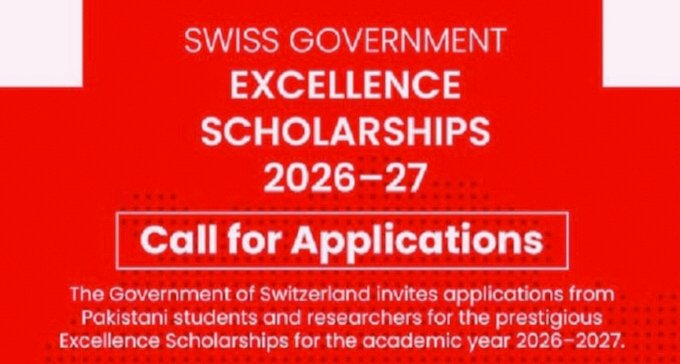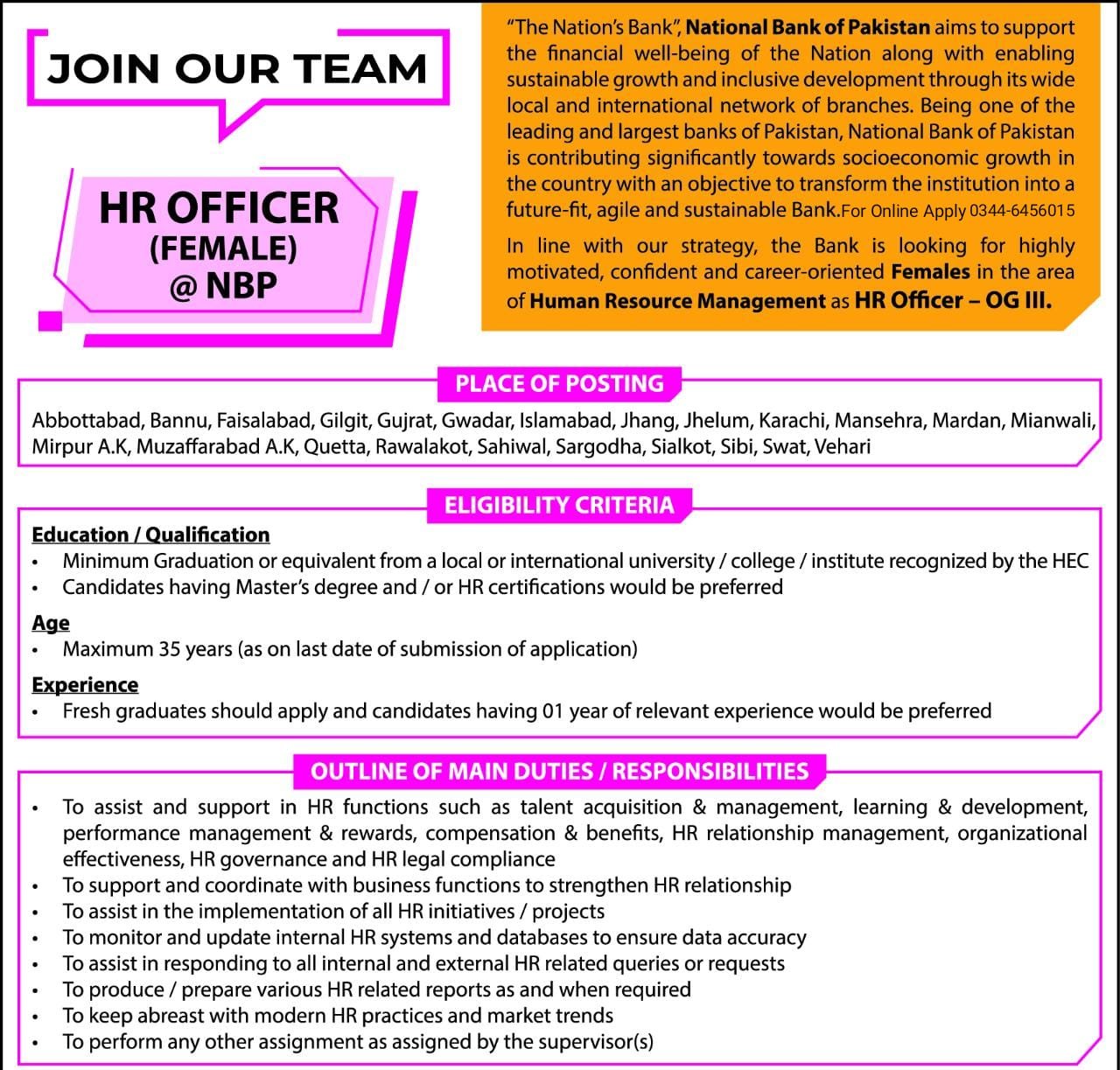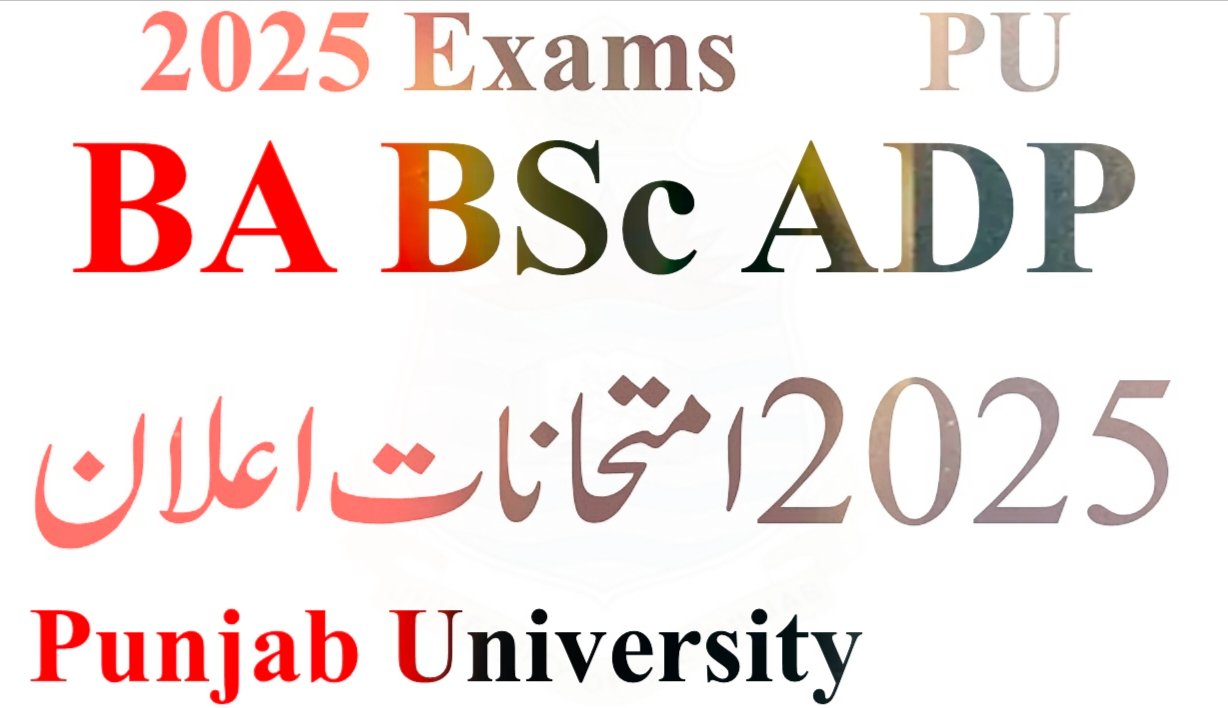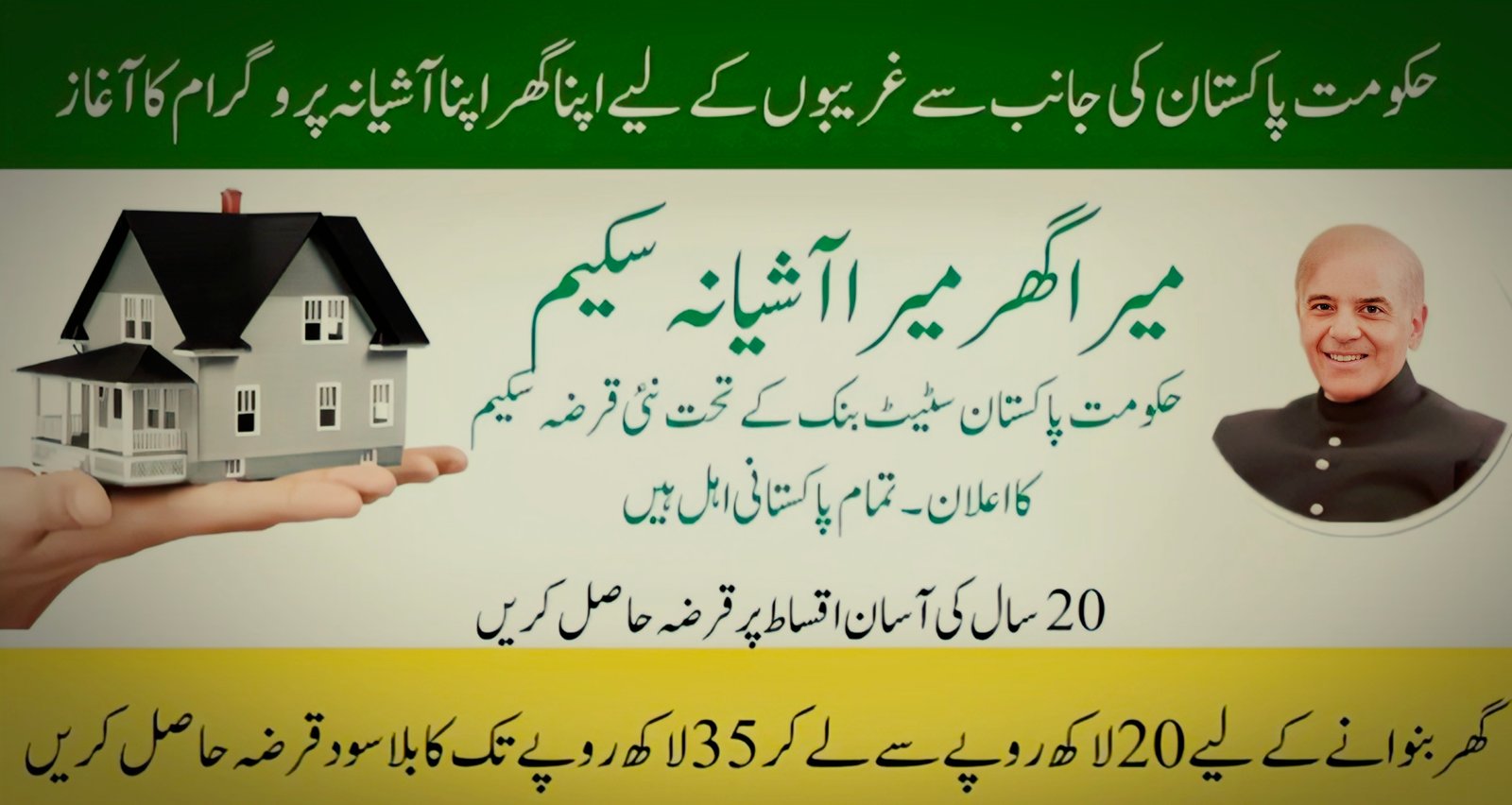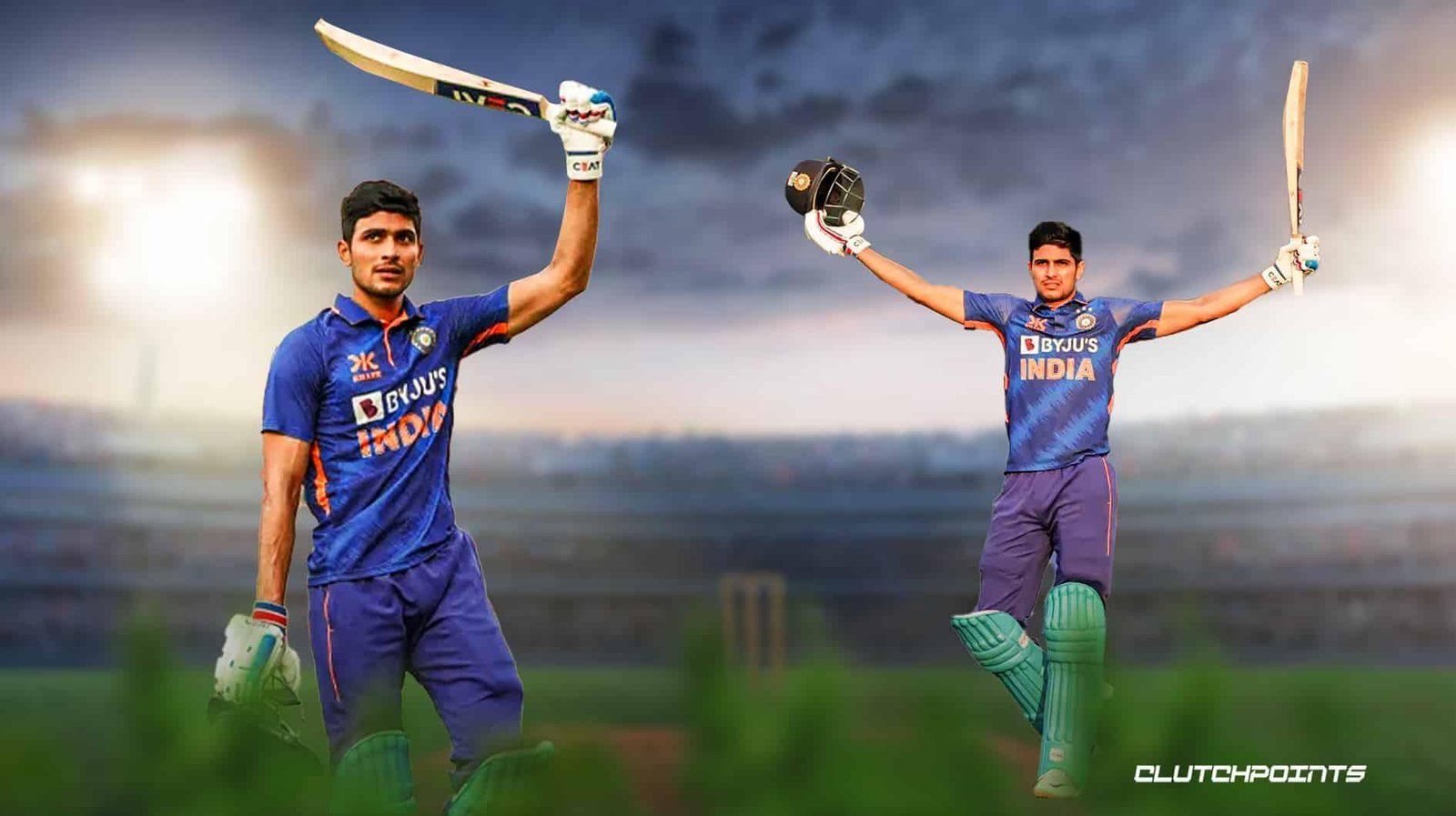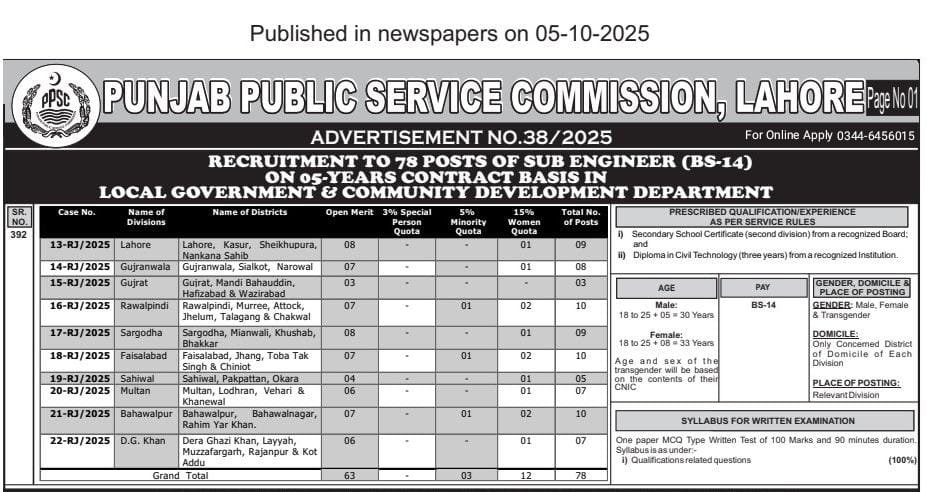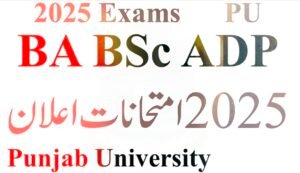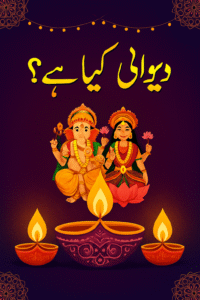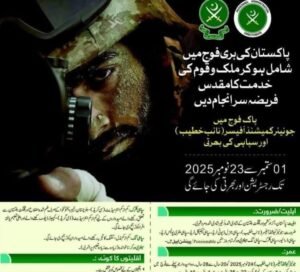Hot News
Pharmacy Technician
فارمیسی ٹیکنیشن میڈیکل فیلڈ میں ایک ایسا پیشہ ور ہوتا ہے جو ایک رجسٹرڈ فارماسسٹ کی نگرانی میں کام کرتا ہے تاکہ ادویات کی تیاری، تقسیم، اور ان کے انتظام سے متعلق مختلف کام انجام دیے جا سکیں۔ وہ اس بات کو یقینی بنانے میں اہم کردار ادا کرتے ہیں کہ مریضوں کو ان کی دوا محفوظ اور مؤثر طریقے سے فراہم کی جائے۔
فارمیسی ٹیکنیشن کی بنیادی ذمہ داریاں:
- 💊 ادویات کی تیاری: نسخے کے مطابق ادویات کو ناپنا، مکس کرنا، پیکنگ اور لیبلنگ کرنا۔
- 🧾 ادویات کی تقسیم: مریضوں کو درست دوا دینا اور انہیں استعمال کے طریقہ کار سے آگاہ کرنا۔
- 📦 اسٹاک کا انتظام: دواؤں کا ذخیرہ چیک کرنا، سامان آرڈر کرنا اور اسٹاک کو درست رکھنا۔
- 🖥️ نسخوں کی پراسیسنگ: نسخے کی معلومات کی تصدیق کرنا، انشورنس کلیمز کو سنبھالنا، اور سسٹم میں ڈیٹا درج کرنا۔
- 🙂 کسٹمر سروس: مریضوں کے سوالات اور تحفظات کو حل کرنا، دواؤں سے متعلق معلومات دینا اور کبھی کبھار OTC (اوور دی کاؤنٹر) مصنوعات پر رہنمائی کرنا۔
- 📁 ریکارڈ کا تحفظ: مریضوں کا ریکارڈ محفوظ اور خفیہ رکھنا۔
فارمیسی ٹیکنیشنز مختلف طبی اداروں جیسے ریٹیل فارمیسی، ہسپتال، نرسنگ ہوم اور کلینکس میں کام کرتے ہیں۔ ان کا کام فارماسسٹ کو مریضوں کی نگہداشت جیسے کلینیکل امور پر توجہ مرکوز کرنے میں مدد دیتا ہے۔
All Books Part I and II
Past Papers
- pharmacy technician part 1 paper 1 Annual exams 2022
- pharmacy technician part 1 Paper 1 annual 2020- supply 2022 paper-A
- B.Pharmacy Past Papers Part 1 Paper 1 & 2
- Pharmacy Technician Part 1. paper-2 .. 28 August 2022
- pharmacy technician part 1 paper 2 annual exams 2022
- pharmacy technician part 1 Paper 2 annual 2020- supply 2022 paper b
- Pharmacy Technician part.1 Paper 1 & 2 Past Papers
Important Lines
دوسری سال کے سالانہ اور سپلیمنٹری امتحانات کے لیے بہت ہی اہم لائینز ۔
ان لائینز کی تیاری کرکے آپ ایم سی کیوز میں 60 میں سے 45 تک نمبرز لے سکتے ہیں۔
Important MCQs
پہلے سال کے سالانہ اور سپلیمنٹری امتحانات کے لیے بہت ہی اہم ایم سی کیوز ۔
ان ایم سی کیوز کی تیاری کرکے آپ ایم سی کیوز میں 60 میں سے 50 تک نمبرز لے سکتے ہیں۔
Pharmacy Technician Part.02
Pharmaceutics-II
Pharmacology
Pharmaceutics-III
Social Behaviour, Law and Ethics
Computer
Pharmacy Technician Part.01
Anatomy and Physiology
Biochemistry
Microbiology
Pharamcognosy
Pharmaceutics
Result of Pharmacy Technician
- Result-of-29th-First-Year-Pharmacy-Technician-Supplementary-Examination 2025
- Revised Result-of-29th-First-Year-Pharmacy-Technician-Supplementary-Examination 2025
- Result-of-26th-Second-Year-Pharmacy-Technician-Supplementary-Examination 2025
- Revised Result-of-26th-Second-Year-Pharmacy-Technician-Supplementary-Examination 2025
Pharmaceutics 2nd Year MCQs Test
5
2
0
Pharmacology 2nd Year MCQs Test
0
